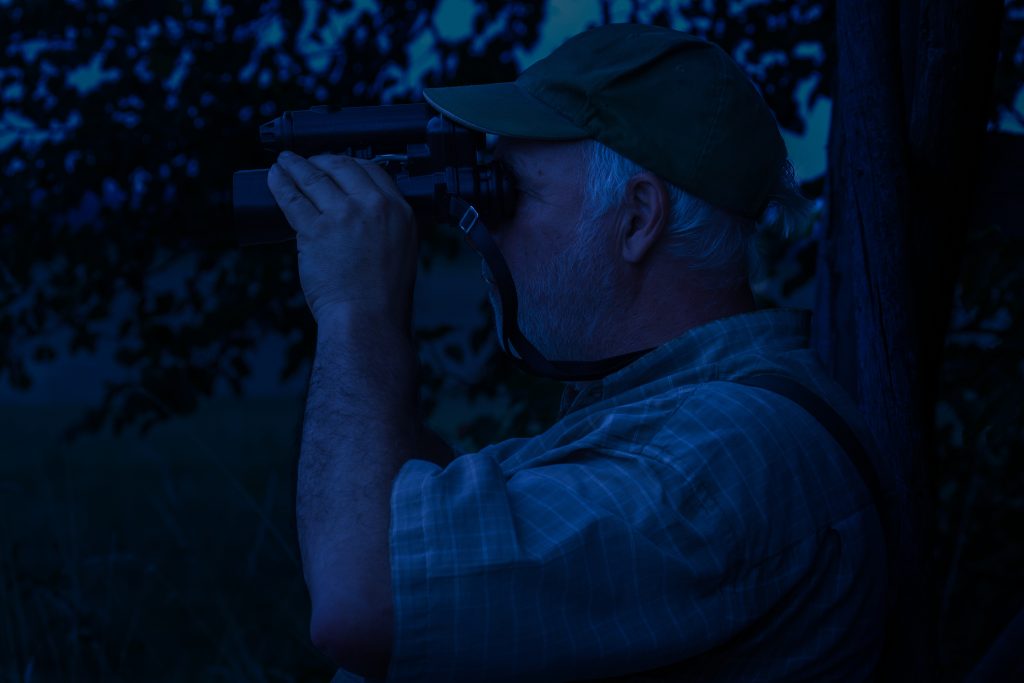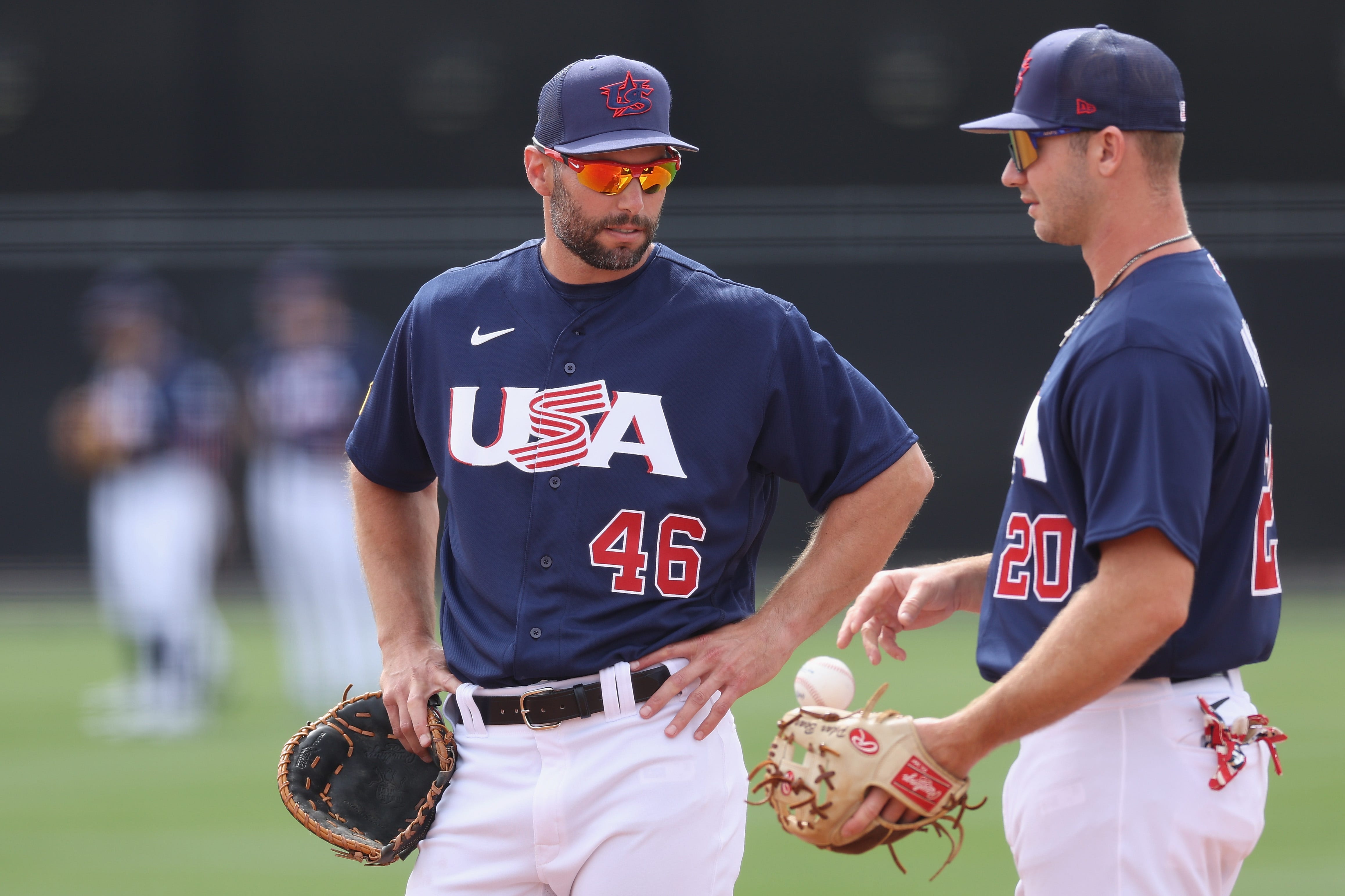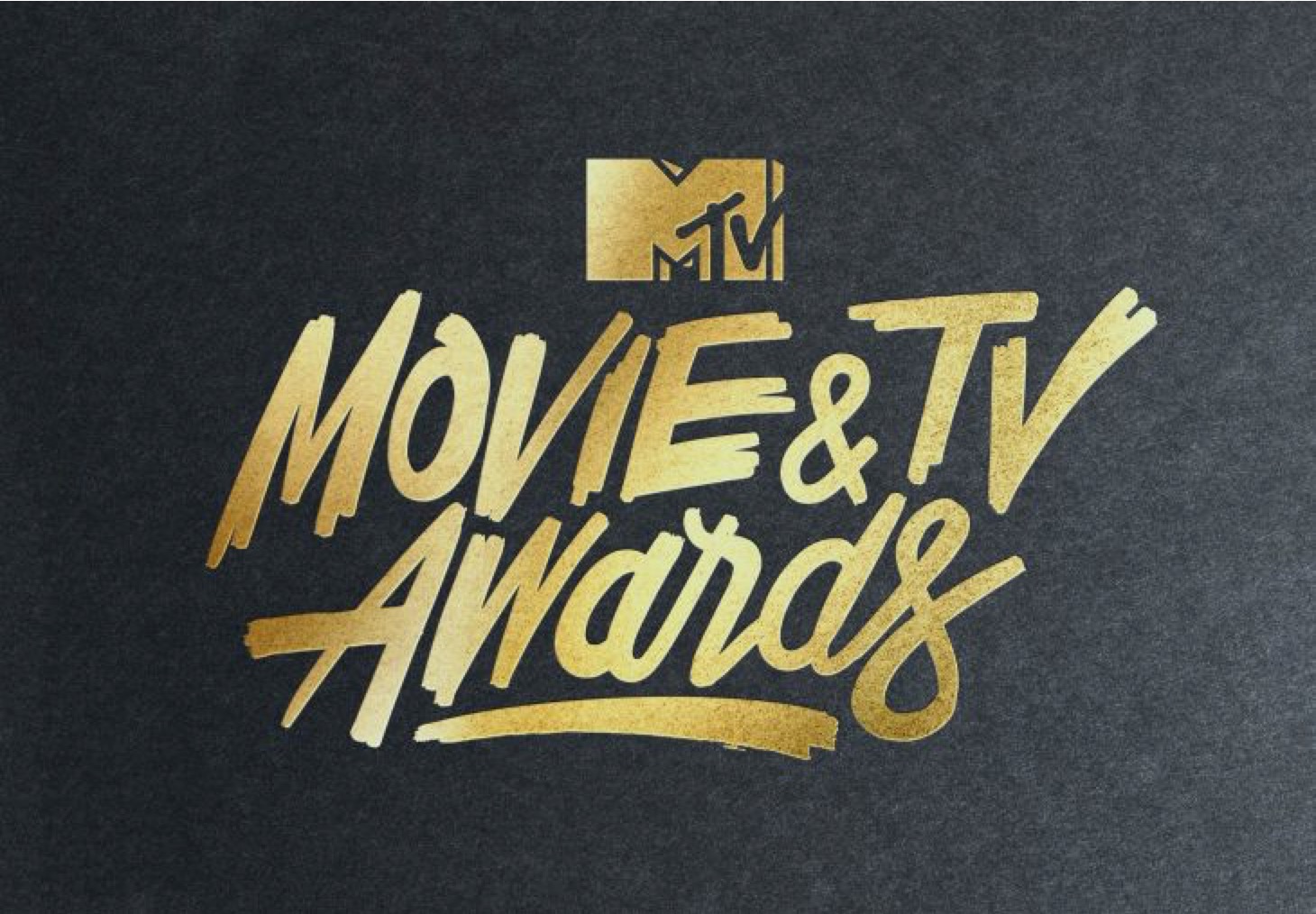Night Hunter: Equipment And Gear For Successful Nighttime Wildlife Viewing

Table of Contents
- Essential Optics for Nighttime Wildlife Viewing
- Night Vision Binoculars/Monoculars
- High-Powered Spotting Scopes
- Low-Light Binoculars/Cameras
- Illumination and Lighting
- Red Light Headlamps and Flashlights
- Infrared Illuminators
- Clothing and Accessories for Nighttime Wildlife Viewing
- Camouflage and Quiet Clothing
- Other Essential Accessories
- Safety Considerations for Nighttime Wildlife Viewing
- Planning and Preparation
- Respecting Wildlife
- Conclusion
Essential Optics for Nighttime Wildlife Viewing
Observing nocturnal wildlife requires specialized optics capable of cutting through the darkness. The right equipment can transform your night viewing experience, revealing a hidden world teeming with activity.
Night Vision Binoculars/Monoculars
Night vision technology significantly enhances your ability to see in low-light conditions. Several technologies exist, each with its own strengths and weaknesses:
-
Digital Night Vision: Relatively affordable, digital night vision uses a light-amplifying sensor and often boasts video recording capabilities. However, image quality might be less crisp than other technologies, and battery life can be a concern. Price range: $200-$1000+. Brands: ATN, Pulsar.
-
Thermal Night Vision: Detects heat signatures, making it ideal for spotting animals even in complete darkness or heavy fog. Generally more expensive, but offers superior performance in challenging conditions. Price range: $1000+. Brands: FLIR, AGM.
-
Gen 1, Gen 2, Gen 3 Night Vision: These generations represent different levels of image intensifier technology. Gen 3 offers the best image quality and low-light performance but comes at a premium price. Gen 1 is the most affordable but has limitations in low-light sensitivity. Price range: Gen 1 ($300-$800), Gen 2 ($800-$2000+), Gen 3 ($2000+). Brands: AN/PVS-7, Armasight.
Key features to consider: Magnification (higher magnification for distant subjects, but reduces field of view), field of view (wider field of view for scanning larger areas), and detection range (distance at which you can identify targets). Drawbacks include cost, battery life (especially important for longer viewing sessions), and potential image distortion.
High-Powered Spotting Scopes
For long-distance nighttime wildlife viewing, a high-powered spotting scope is indispensable. However, stability is paramount. A sturdy tripod is absolutely essential for steady viewing, especially in low-light conditions where even slight hand tremors can significantly affect image clarity.
- Considerations: Aperture size (larger apertures gather more light, crucial for night viewing), magnification (higher magnification for detailed views of distant animals, but requires more light and stability), and low-light performance (look for scopes with exceptional light transmission). Consider compatible tripods with fluid heads for smooth panning and tilting. Accessories like digital adapters allow for image capture.
Low-Light Binoculars/Cameras
While not offering the same capabilities as night vision devices, high-quality binoculars and cameras with enhanced low-light performance can still be useful in dimly lit environments.
- Key Features: Large objective lenses (gather more light), image stabilization (reduces the effects of hand shake), and high ISO capabilities (allows for shooting in low light with minimal noise).
Illumination and Lighting
Responsible illumination is crucial for successful and ethical nighttime wildlife viewing. It's essential to minimize light pollution that can disturb nocturnal animals.
Red Light Headlamps and Flashlights
Red light preserves your night vision far better than white light.
- Types: LED red light sources are energy-efficient and long-lasting, offering adjustable brightness levels for versatility. Consider battery life, brightness settings, and durability.
Infrared Illuminators
Infrared (IR) illuminators emit invisible infrared light, illuminating the scene for night vision devices without disturbing wildlife with visible light.
- Types: Visible IR illuminators are detectable by the naked eye (though less disruptive than white light), while invisible IR illuminators are undetectable, ideal for completely undisturbed observation. Consider range and power requirements.
Clothing and Accessories for Nighttime Wildlife Viewing
Appropriate attire and accessories are essential for a comfortable and safe night viewing experience.
Camouflage and Quiet Clothing
Blending into your surroundings is crucial for minimizing your impact on wildlife.
- Clothing: Choose dark, neutral-colored clothing. Avoid bright or reflective fabrics. Consider layering for temperature regulation. Quiet fabrics minimize rustling sounds that can scare away animals.
Other Essential Accessories
-
Hiking Boots: Comfortable and supportive footwear is crucial for navigating uneven terrain.
-
Insect Repellent: Protect yourself from biting insects.
-
First-Aid Kit: Be prepared for minor injuries.
-
Compass & GPS: Navigation tools are vital, especially in unfamiliar territory.
-
Map: Familiarize yourself with the area beforehand.
-
Waterproof Bags: Protect your gear from dew or unexpected rain.
-
Binoculars Harness/Strap: Provides comfort during extended viewing sessions.
Safety Considerations for Nighttime Wildlife Viewing
Safety is paramount when venturing out at night.
Planning and Preparation
-
Research: Learn about the area, local wildlife, and potential hazards.
-
Inform Someone: Tell someone your plans, including your location and estimated return time.
-
Weather Check: Check weather conditions before you go.
Respecting Wildlife
-
Maintain Distance: Observe animals from a safe and respectful distance, never approaching or disturbing them.
-
Avoid Flash Photography: Bright flashes can frighten or injure wildlife. Use red light or IR illumination responsibly.
Conclusion
Becoming a skilled Night Hunter requires careful preparation. Choosing the right optics—night vision binoculars, spotting scopes, or enhanced low-light equipment—is crucial. Utilizing appropriate lighting, such as red light headlamps and infrared illuminators, enhances your viewing experience while minimizing your impact on nocturnal wildlife. Prioritize safety and respect for wildlife by planning your trip thoroughly, understanding the local environment, and maintaining a safe distance from animals. Become a skilled Night Hunter! Equip yourself with the right gear and prepare for unforgettable nighttime wildlife viewing experiences.

 John Wick 5 Beyond The High Table A More Compelling Story
John Wick 5 Beyond The High Table A More Compelling Story
 Shane Lowrys Reaction To Rory Mc Ilroys Masters Win Disappointment And Pride
Shane Lowrys Reaction To Rory Mc Ilroys Masters Win Disappointment And Pride
 Antoine Dulery Critique Jean Luc Delarue Il N A Pas Ete Sympathique
Antoine Dulery Critique Jean Luc Delarue Il N A Pas Ete Sympathique
 Judge On 2026 Wbc Potential Team Usa Roster Spot
Judge On 2026 Wbc Potential Team Usa Roster Spot
 Mtv Movie And Tv Awards 2025 Cancellation Explained
Mtv Movie And Tv Awards 2025 Cancellation Explained
